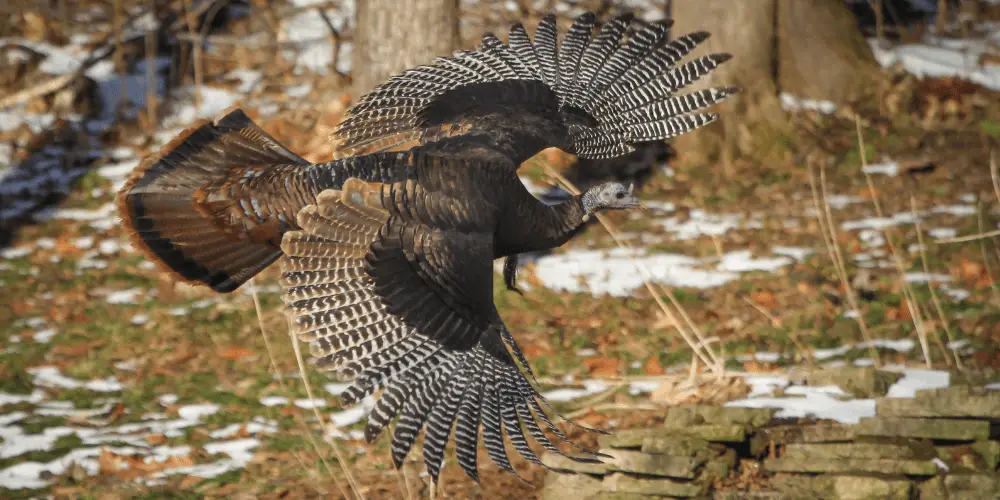Once in a while, you learn that things aren’t what you inherently think. This is an experience some people share when they seek out an answer to the question: “Are all chickens female?”
Chickens are not all female, nor is the word “chicken” exclusive to females. Chickens include both males and females. Female chickens are hens, and males are roosters- both of which are considered chickens that belong to a subspecies called genus Gallus.
Are you surprised?
Some of you might be.
Perhaps it’s due to various forms of imaging, but when you think about a chicken, the image the word provokes in your mind would likely be a chubby, egg-laying hen, right?
Roosters don’t get nearly the amount of attention overall- unless you’re watching Looney Tunes reruns of “Foghorn Leghorn.”
Regardless of the reason, many people are not aware that “chicken” is not the default term for females.
What Do You Call a Female Chicken?
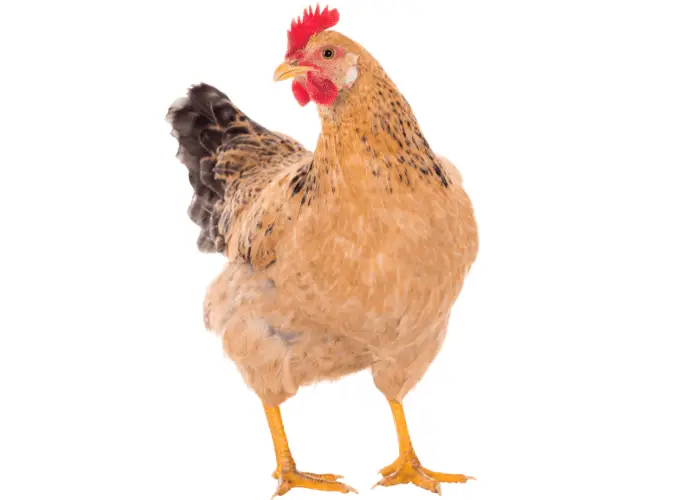
The answer to this question hinges on how old the female chicken is that you’re asking about.
Generally speaking, the word “hen” means simply “female chicken,” covering all bases. Hens lay eggs like other female birds.
However, the younger you go, the more sub-names crop up. For the most part, female chickens are not referred to as hens until after the hen has laid her first egg.
What is a Young Female Chicken Called before egg-laying?

The answer to this question comes in two parts, denoting a shift in maturity in the female chicken.
Pullet
A “pullet” is what a sexually immature female chicken is called within the first year of its life. Alternately, it is what a female chicken is called before it lays its first egg.
Point-of-lay Pullet
A “point-of-lay pullet” is a young female chicken ready to begin laying eggs. There are different timeframes between different groups of chickens or chicken breeds, but the typical age at which a pullet hits its point-of-lay stage is about five months.
Are All Chickens We Eat Female?
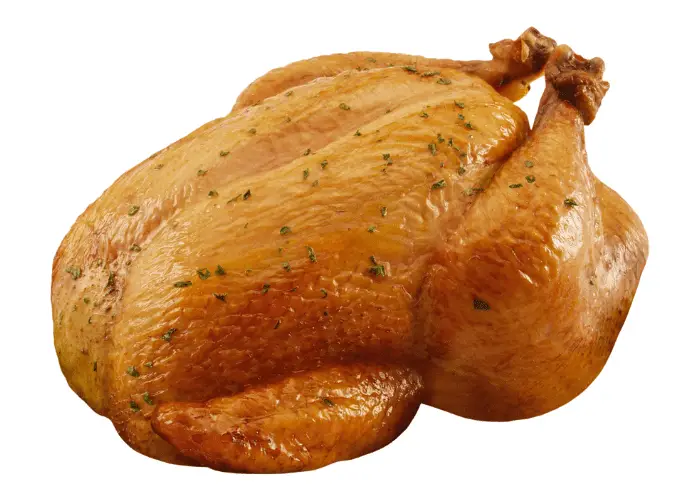
This is going to be another surprise for some people.
All chickens sold for food are not females, and hens and roosters are bought and sold to consume chicken meat.
However, an overwhelming majority of poultry sold in supermarkets are hens. Depending on the breed, roosters can take a little longer to cook but taste the same as hens- some say roosters even have a richer, fuller flavor than hens.
Why Aren’t Roosters More Common in Supermarkets?

The reason farms don’t sell their meat-yielding chickens with an even 50/50 share between hens and roosters is that it isn’t as economical.
Roosters mature slower than hens and take a little longer to yield a decent amount of meat.
The speed by which hens grow into a decent size causes farmers to place more emphasis on them. However, eggs that bear males are often used for other poultry products, such as animal feed, completely removing them from the equation.
Bear in mind: not all farms operate the same way, and some have no problem waiting for the roosters to reach a respectable meat-yielding size. This causes rooster meat to get into the mix depending on who the buyer might be.
Whether you unwittingly purchase either male or female chicken, you will likely never know the difference as they both look the same and taste the same for most people.
How Can You Tell a Female Chicken from a Male?
There is no way to tell the difference on the shelves in the supermarket. While alive, though, differences between hens and roosters begin to be noticeable to the trained eye within the first day of coming out of its egg.
Newborn Feathers
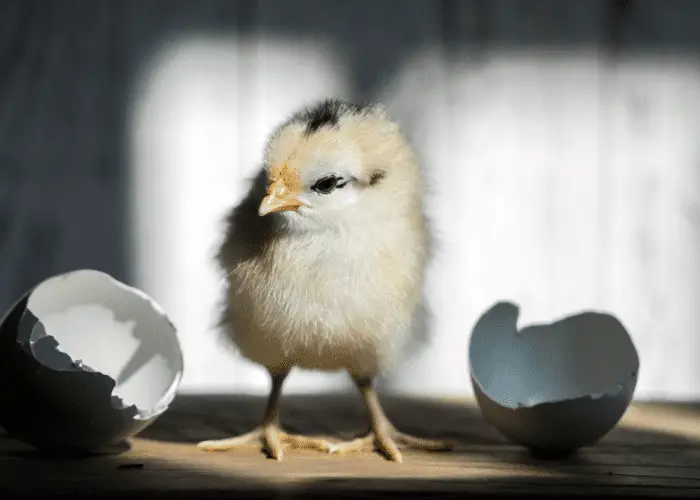
The easiest and earliest method to check and see the sex of a newborn chick is to examine the feathers at the tips of their wings. Most breeds are hatched covered in down, but the tips of their wings will have a fringe pattern developing.
- Males will have small feathers that are approximately the same length.
- Females’ wing-tip feathers will appear more staggard, featuring two or more different sizes.
Full-Bred Coloration Differences
This method is much easier and more effective if the chicks are the product of full-bred parentage. With most breeds, the down color of a male chick will begin to become lighter about the head, and female down begins to develop a darker color in the same area-covering and around the head.
Sexing Chicks Via Size
As the chicks begin to approach a month old, they differ in size. Male chicks will become larger than their female counterparts in the head and the body at about this age.
Time Will Tell
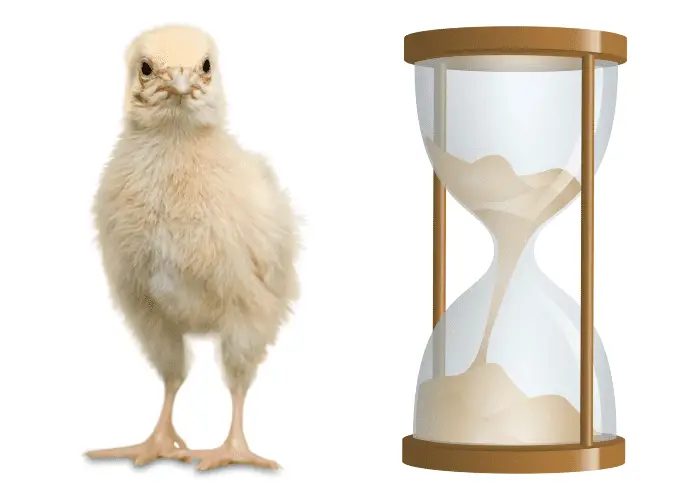
From six weeks old and onward, the differences between males and females begin to be more demonstrable, as roosters start taking on rooster attributes and temperaments, and females begin to take on hen-like actions and temperaments.
A good example of this can be on display when it’s time to feed. Roosters are bolder than hens and will be more forceful about getting to their food, and hens are a lot more easy-going and timider than roosters.
Also, a rooster will crow as early as four months old, which hens don’t do on the norm (though some say that they are capable of doing so). Even at this young age, the rooster will begin to look more like a rooster than a chick or a hen, so the guesswork is much easier at this stage of its life.
Final Thoughts
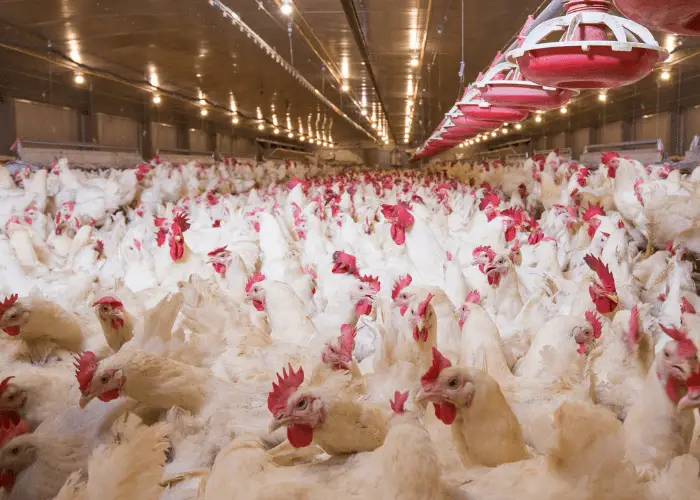
So, to sum up, this article:
All females are chickens, but not all chickens are females. Also, males and females alike can be found in grocery stores worldwide- not just hens.
When you go down the rabbit hole while trying to learn more about poultry, you’ll find there is more to it than you might have originally anticipated.
There are breeds of chicken that are only used for meat and others only for eggs. Some grow to be heavier and meatier, while others stay more petite.
But regardless of what breed they are or what purposes they’re being raised for, they’re all chickens- the males and the females.
ANOTHER INTERESTING QUESTION: Are Chickens Dinosaurs?



